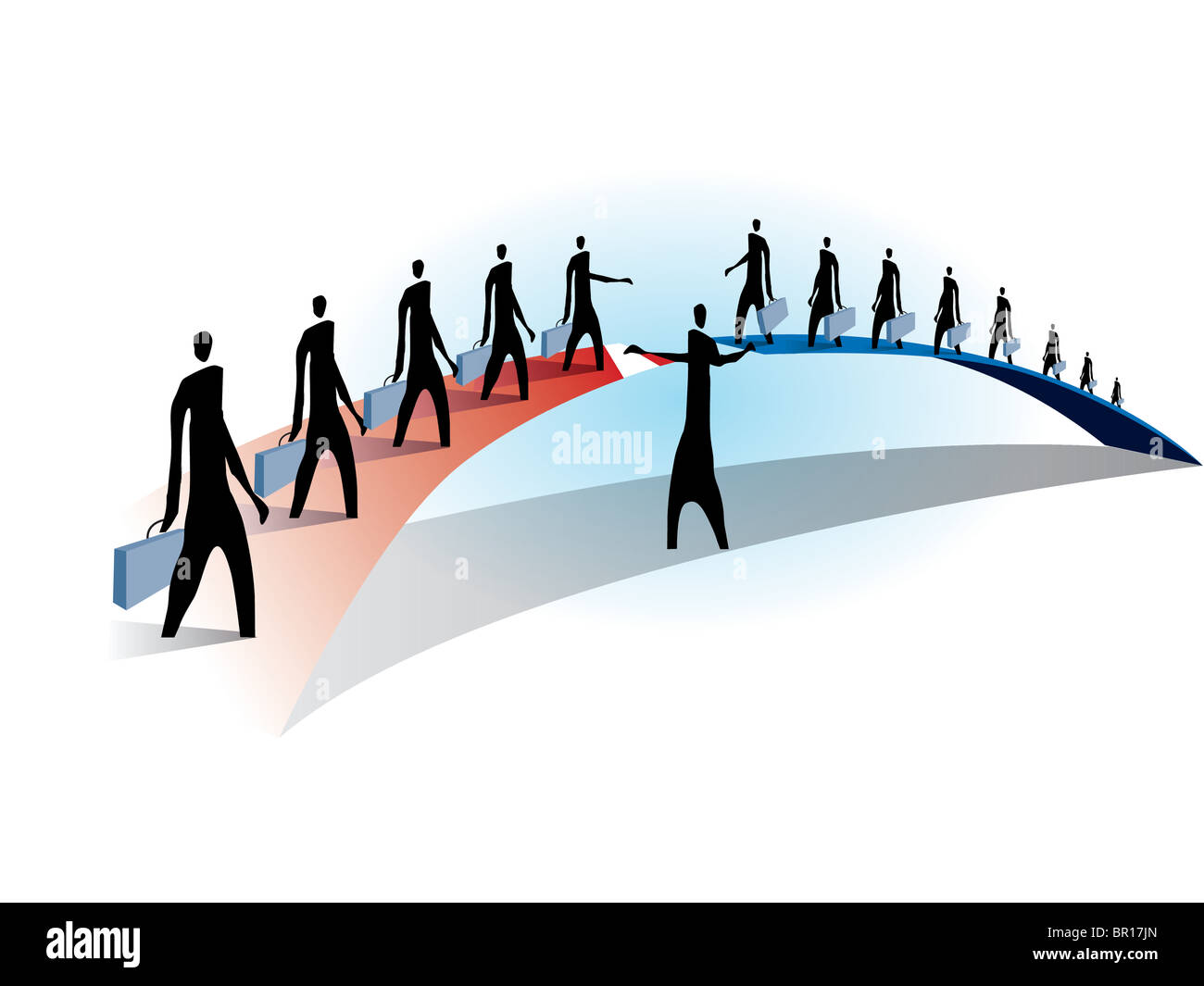

intersection - use only those parts of the image where the input bboxes overlap.union - resize the output bbox to fit both input bboxes completely.

Set which input's bounding box you want to use for the Merge output: For descriptions of all the available operations, see Merge Operations. The default and the most common operation is over, which layers input A over input B according to the alpha of input A. In the Merge node’s controls, select how you want to layer the images together from the operation dropdown menu. 4.Ĭonnect a Viewer to the output of the Merge node so you can see the effect of your merge operation. Once you have got the A and B inputs connected as instructed in step 2, drag more connectors from the left side of the Merge node to the images you want to use as additional A inputs.Įach input is merged in the order connected, for example A 3, A2, A1, B. If necessary, you can connect multiple A images to the Merge node. Select Merge > Merge (or press M on the Node Graph) to insert a Merge node after the images you want to layer together.Ĭonnect your images to the Merge node’s A and B inputs. However, with the matte operation you should use unpremultiplied images. Note:When using most of the available merge algorithms, Nuke expects premultiplied input images. The Merge node with its compositing algorithms allows you to control just how your images are combined. Layering Images Together with the Merge Node
Merging photos together how to#
In these pages, we teach you how to use the Merge, ContactSheet, and CopyRectangle nodes. With Nuke, you can merge images in a wide variety of ways.


 0 kommentar(er)
0 kommentar(er)
